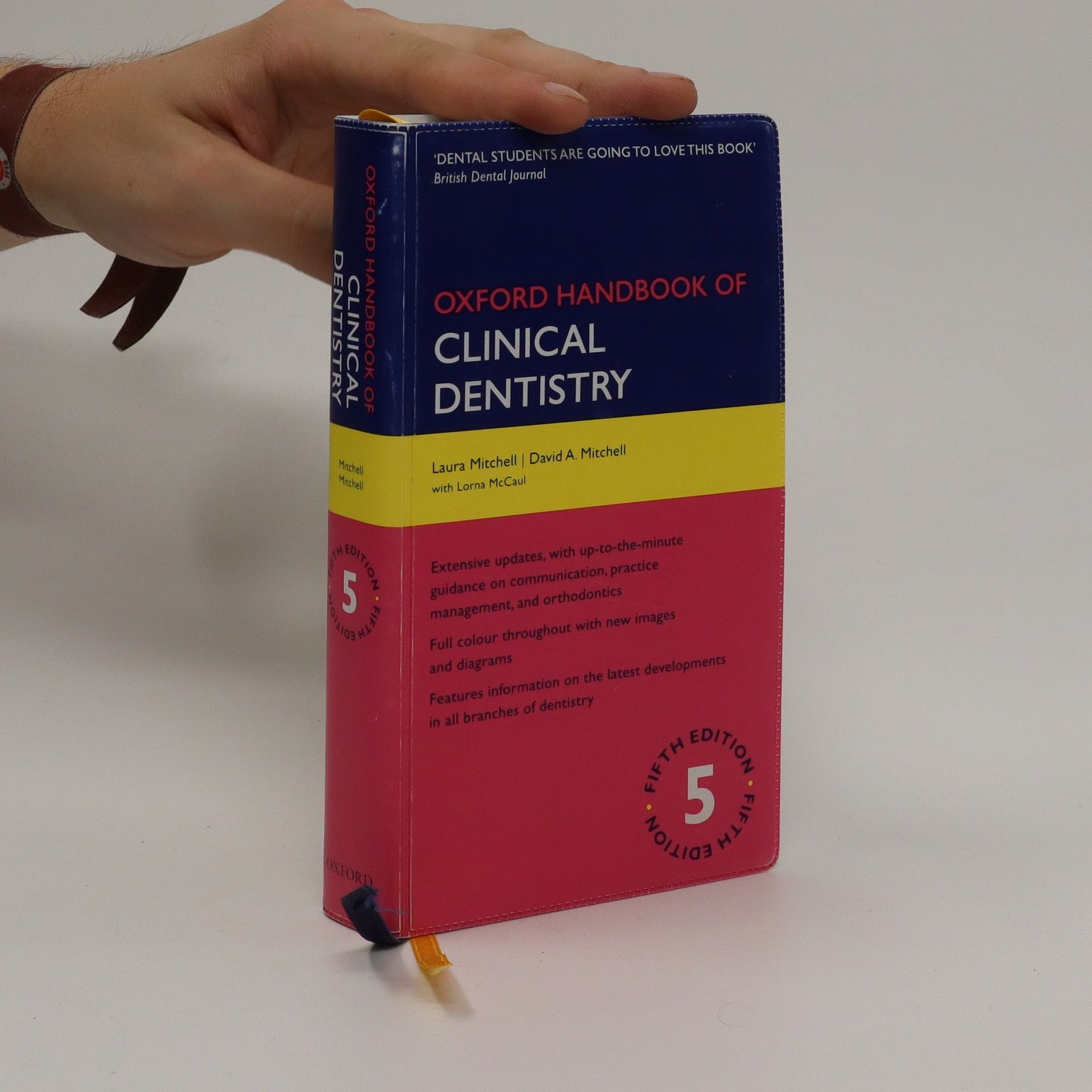Oxford handbook of clinical dentistry
- 790 pages
- 28 hours of reading
The new edition of this pocket guide covers the whole of clinical dentistry in a concise format. It has been completely revised with a wealth of new information including web-based learning and useful websites, more diagrams and colour clinical pictures.
